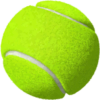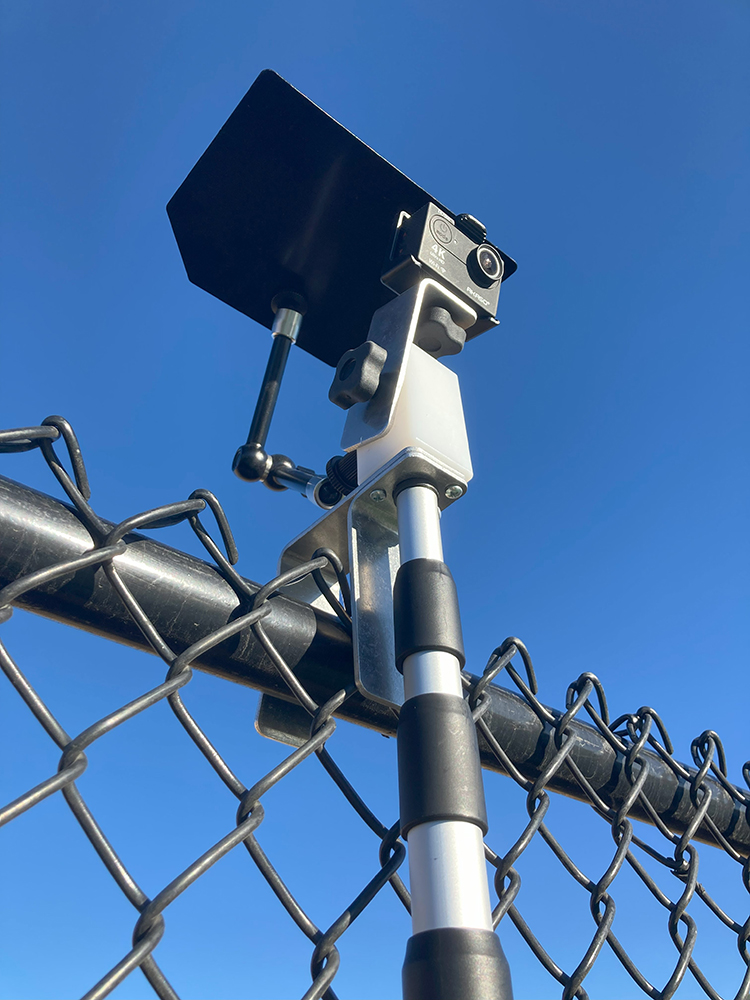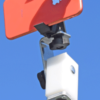George Wachtel, editor of “Senior Tennis” regularly attends the John Newcombe Tennis Camp in San Antonio, Texas. This is an excerpt from his blog, wherein he puts down on paper what the legends and maybe the best doubles players in the world (The Woodies) have to say about doubles. Nothing magic, but any junior tennis player who learns these basics will have a lifetime of enjoyable tennis before him or her, and will be a sought-after doubles partner!
Doubles Movement
• Playing doubles you do not want to be two singles players; but you need to communicate and move together on the court
• When do you poach? It is either situational or preplanned.
• They recommend using signals: the net man telling the server where he thinks the serve should go + whether he is poaching or not. They do it on first serve only.
• When you poach, do NOT move sideways… rather angles toward the net. When you do that it gets you closer to the net and creates a much easier angle to put away a volley.
• Your partner needs to be ready for the possible reflex volley back at you
• And if you cross the center line, keep going to the other side …. And your partner should then switch sides behind you to the open court
• If the ball goes to one side of the court, BOTH players move in that direction at the same time
• How close should the net man start? The Bryans start on the service line and move forward as their partner serves; but for most, starting in the middle of the service box is best.
Rick Leach
• The net man’s job is to intimidate and cut off the ball
• If the opponents lob over the net man’s head and he can’t take it in the air, he should call “yours” and then switch sides, moving to the opposite service line (NOT back to the baseline)
• When to move? Just as the returner is making contact with the ball (not before that)
• Poach more if you see the opponent generally just hits a slice return, which will likely float more as it comes over the net
• The net man’s service box is a microcosm of the whole court and you should be in the same position as the ball is on the whole court… if the net man is standing in his ad court box and the ball goes deep to the deuce court, he moves up to the front left corner of his box. Or, if the ball goes deep to the opponent’s ad court, he moves forward and right. If the opponents return the ball deep to your partner’s deuce court, you move back and right in your ad court service box.
• When the ball goes to your partner in the back court, should you turn and watch your partner? NO, keep your eyes forward to watch what your opponents are doing.
• When you are coming in behind your serve, it is your partner’s job to cover the middle and you should always be hitting a forehand volley in the deuce court and backhand volley in the ad court (if you don’t, you will be getting yourself out of position).














0 Comments